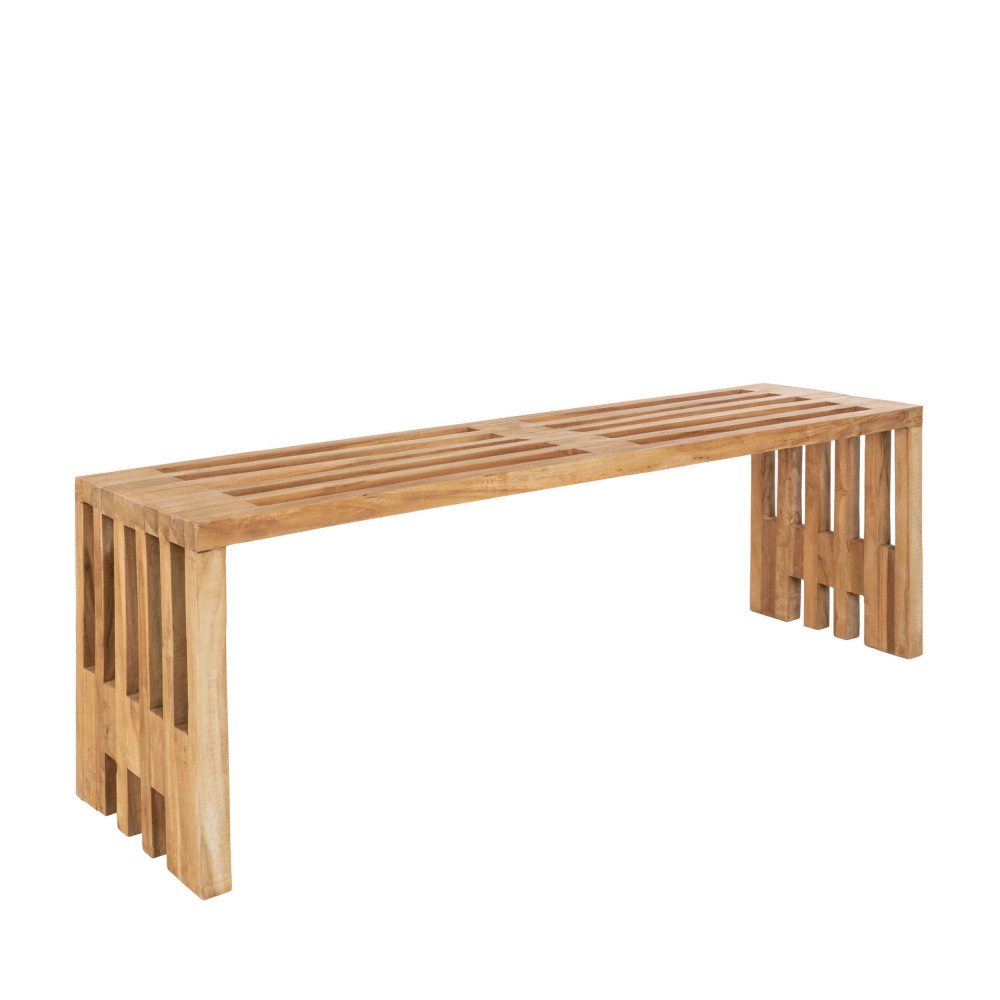Table Of Content
Proper edge preparation ensures good penetration, reduces the risk of lack of fusion or incomplete joint penetration, and enhances the overall strength of the weld. The type of edge preparation required depends on factors such as material thickness, joint configuration, and welding process. Common edge preparation techniques include beveling, V-grooving, or chamfering.

Discover the Stunning World of Designer Charm Bracelets
From an Engineer with a Masters Degree in Engineering and much experience in designing weld fixtures, to the high energy, high speed of a high-tech intern with a passion for all things mechanical. Benefit from an accelerated curriculum of welding and metal fabrication geared towards general manufacturing. Learn the art and science of welding and metal fabrication in a true shop environment with an emphasis on off-road and automotive applications. Meet world-class suppliers, try the latest products, and learn new tools to boost productivity at the leading metal forming, fabricating, welding, and finishing event in Mexico.
Proper Welding Parameters and Techniques
GTAW offers several advantages, including excellent control over heat input, minimal distortion, and the ability to weld a wide range of materials, including exotic alloys. It is particularly suitable for applications that require superior weld quality and aesthetics, such as aerospace and nuclear industries. However, GTAW has a slower deposition rate compared to GMAW, making it less productive for certain applications. This also raises the point that the fillet weld is extremely difficult to volumetrically examine using non-destructive testing techniques to confirm its internal soundness. This applies particularly to the root region where it is not possible to measure, with any degree of precision, any lack of fusion, slag entrapment etc.
OF METAL FABRICATION
Welds in aerospace applications must withstand extreme operating conditions, including high temperatures, pressure differentials, and vibrations. Advanced welding techniques, such as electron beam welding or friction stir welding, are often employed to achieve strong and defect-free welds in materials like aluminum, titanium, and superalloys. When it comes to weld design, it is crucial to have a solid understanding of the fundamental concepts. The most common types include butt joints, lap joints, corner joints, and T-joints.
Architectural Metalwork
We will cover numerous mechanical and thermal methods for dealing with distortion. The welding process introduces complications because of the high temperatures needed. It takes too long to perform and there are too many variables to consider.
Meeting Customer Specifications And Industry Standards
Plug and edge welds are somewhat special cases and will be discussed later. These designs are selected based on specific factors such as the strength required, type of connected parts, and geometric configuration of the parts to be welded. The most common types of welds found in weld design are full fillet welds, staggered intermittent fillet welds, and chain intermittent fillet welds. Before welding, it is important to evaluate coatings that are applied. These coatings can have an impact on both the weldability and performance of the weld.
It is influenced by factors such as welding current, voltage, travel speed, and electrode size. Controlling heat input is essential for achieving proper fusion and avoiding issues such as excessive distortion, cracking, or lack of penetration. The specific heat input requirements vary depending on the material being welded and the desired weld properties. Choosing the appropriate welding technique is crucial for achieving desired results in weld design. Different welding techniques offer various advantages and limitations, and selecting the right technique depends on factors such as material properties, joint configuration, and project requirements. Different welding processes have varying heat inputs, which can influence the metallurgical properties of the weld.
Discover all Dassault Système's store solutions for weld design
Destructive testing involves physically testing the weld to assess its mechanical properties and performance. This testing is typically performed on test specimens or samples that are representative of the weld joint. Common destructive testing methods include tensile testing, bend testing, impact testing, and hardness testing.
Basics of Welding Design & stresses in weld joints
The truth is there are many tricks that you can use to minimize or even eliminate weld distortion. Every engineer learns the basics of welding in college, but little else. When faced with real world weldment problems, we quickly turn straight to FEA.
Destructive testing provides valuable information about the weld’s strength, ductility, toughness, and other mechanical properties. However, it requires the sacrifice of the tested weld, making it more suitable for quality control purposes rather than inspecting every weld in a production setting. Advanced 2D and 3D computer aided design (CAD) software is used by mechanical designers and mechanical design engineers at all skill levels and across all industry sectors. The complex designs required for welded assemblies could not be created using manual drawings. Using 3D rendered models, designers can produce realistic visualizations of products, machines, and structures.
By considering factors such as weld size, shape, and reinforcement, designers can enhance the weld’s ability to withstand cyclic stresses over a prolonged period. Lastly, addressing distortion, which refers to the deformation or misalignment of welded parts during the welding process, is essential. Minimizing distortion requires a thoughtful design that considers pre-welding preparation, selection of welding methods, and control measures to counteract the thermal effects induced by welding. The principles of welding design encompass vital aspects such as strength, fatigue resistance, and distortion control.
Bechtel offers free welding and woodworking Campus purdueexponent.org - Purdue Exponent
Bechtel offers free welding and woodworking Campus purdueexponent.org.
Posted: Sun, 17 Mar 2024 07:00:00 GMT [source]
Common shielding gases include argon, helium, and carbon dioxide, each offering specific advantages and limitations. Proper selection and regulation of the shielding gas are essential for achieving a clean, defect-free weld with optimal mechanical properties. By classifying welding techniques into distinct categories like fusion welding, pressure welding, and brazing/soldering, it becomes easier to identify the appropriate method for specific applications.





















